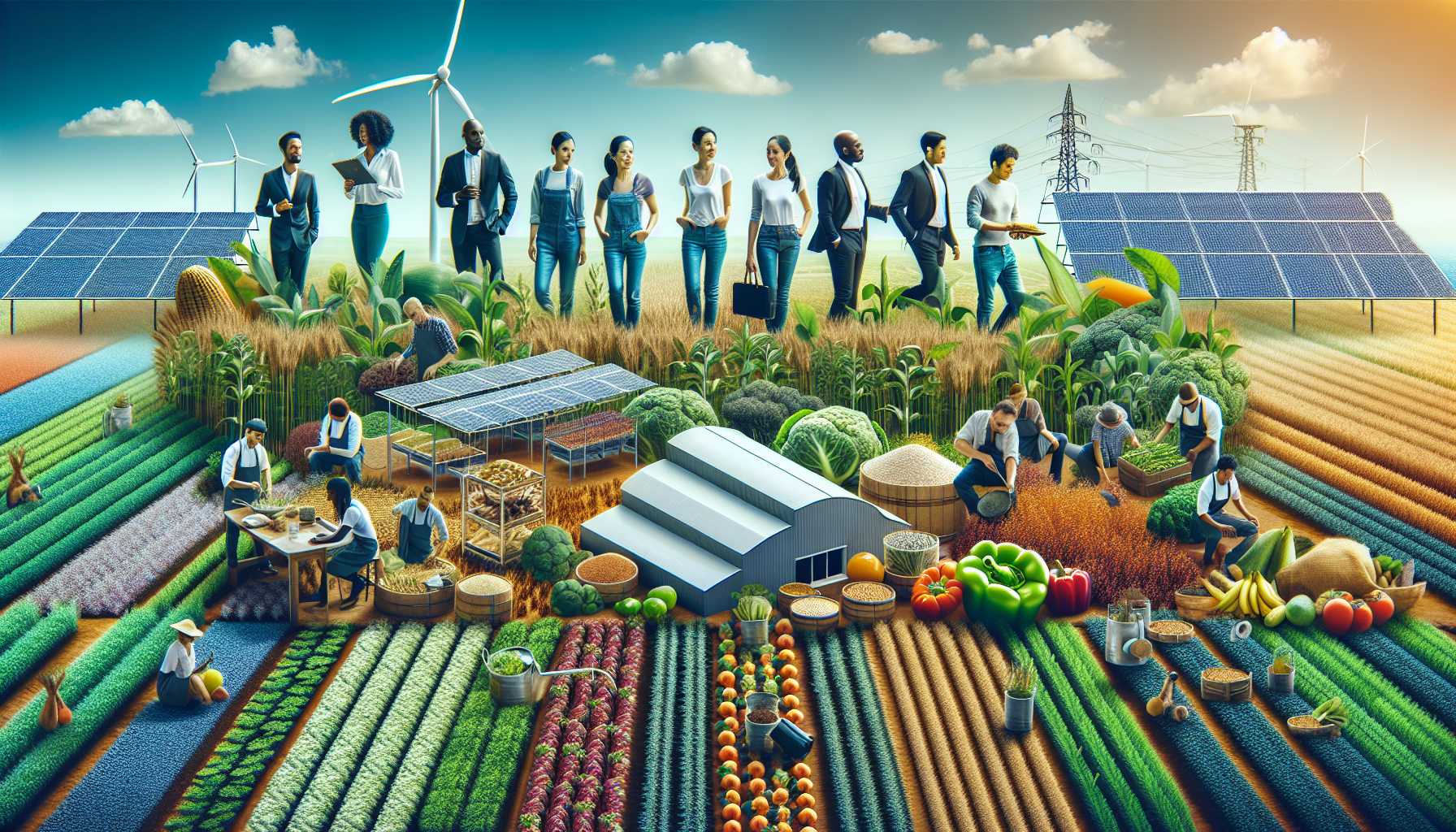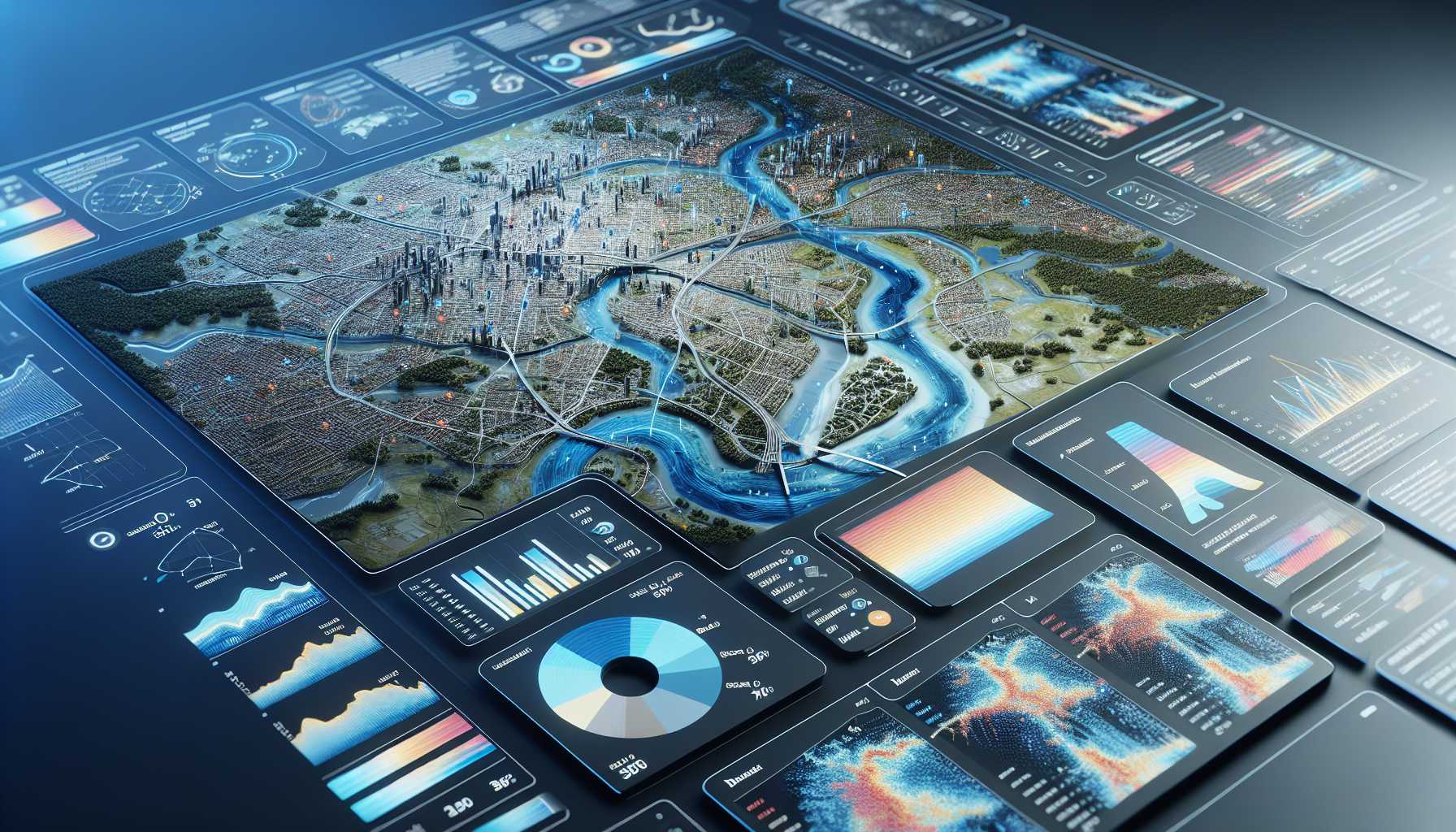The Kenyan AgTech Leap: From Farm to Feed and Beyond
In the vibrant, diverse landscape of Kenya, a staggering 20-40% of food production never reaches a plate. The dichotomy here isn’t waste, as you might find in your average developed nation’s supermarket, but loss—a biting irony in a world where hunger still gnaws at the edges of society. Yet, in this challenge lies a kernel of opportunity that startups like Farm to Feed have recognized and embraced. Their vision? Aggregating imperfect yet perfectly edible farm produce to sell to those who see beyond aesthetics in food—think businesses like restaurants and food processors. What sets Farm to Feed apart isn’t just their savvy online marketplace, but their strategic vision to embroil data collection into their narrative. Their granular data on climate impacts and agricultural drivers are prime to shape a more circular, sustainable food system. This ingenuity is the epitome of the ‘think globally, act locally’ credo that we as a tech community should rally around. What’s mesmerizing isn’t just their social impact but their bid to enter the carbon market—a bold move that resonates with the idea that agtech isn’t just about feeding people; it’s about planning a future where economic stability doesn’t come at the cost of our environment.
The Future of Work: Have We Outgrown Retirement?
As tech gurus, we often discuss innovation, AI, and quantum leaps in computing, but it’s equally fascinating to ponder the evolution of the workforce. Take the concept of retirement: it used to be a monolithic milestone. Yet, in today’s fluid work world, I find the notion of ‘phased retirement,’ championed by the likes of MasterControl, intellectually stimulating. It’s a balance between wisdom retention and mental health—a gradated, graceful exit from full-time work, allowing veterans to pass down knowledge like the generational heirlooms they are. This isn’t just about continuity and legacy; it’s an intelligent business model that respects the human element in the digital age. It’s flexible, accommodating, and a testament to the adaptability that we so frequently celebrate in technology. Employers, take note: this gentle throttling back of professional responsibilities could very well become a strategic lever in the dynamic landscape of talent management.
The AI Gold Rush: Billionaires’ Bets and Market Movements
The spotlight in tech investment has recently swiveled to artificial intelligence, with Nvidia courted and scorned in equal measure by titan investors. The shift towards homegrown AI solutions from industry leaders like Alphabet, Apple, and Amazon spotlights the inherent potential in AI integration across various spheres—from user engagement to cloud services. Yet, amid this enthusiasm, a note of caution is struck with concerns over a potential AI bubble. What’s apparent is the diversification of AI-related investment portfolios among the billionaire demographic. Hedge funds are handpicking ancillary AI stocks that might withstand a potential bubble burst. This strategic maneuvering indicates a broader recognition of AI’s permeating, yet perhaps volatile, influence across industries. In the same vein, Cathie Wood’s sales of Twilio and UiPath stock beckon contemplation. It nudges us towards the realization that long-term AI investment isn’t a simplistic upward trajectory but a nuanced path marked by evaluation and realignment. It’s a lesson for all tech investors—the need for periodic recalibration and an eye for sustainable innovation.
TikTok’s Tenuous Grip on the American Market
The saga of TikTok in America is a modern-day tech thriller, with the platform’s existence in the country on a razor’s edge. The conundrum isn’t rooted in fresh exposés or novel revelations. Instead, it’s an old tune with new lyrics—concern over data privacy and national security amidst political powerplays. The thrust towards banning or mandating the sale of TikTok isn’t as straightforward as it initially appears. The challenges extend beyond the app’s operational mechanics to underscore the need for broader data privacy reforms in the United States. This cautionary tale reiterates a systemic issue that’s far from being isolated to just one social media entity. It’s a chapter in the ongoing discourse around data, privacy, and the responsibilities of tech giants in the global arena.
Spring Cleaning in the Tech World
Tech enthusiasts often forget that our devices need a seasonal refresh too. The spring-cleaning bandwagon isn’t just for attics and closets; it’s pertinent for our gadgets and digital footprints as well. From de-gunking AirPods to decluttering PCs, it’s these seemingly mundane acts that safeguard our devices’ longevity and performance. Amidst such cleaning, it’s intriguing to find sleep technology making its way into the narrative as a means of improving ‘sleep hygiene.’ As a tech enthusiast and investor, the fusion of health and technology is always an area ripe with potential. It’s this unyielding march towards integrating technology into every aspect of our lives that continues to excite and inspire.
Google’s AI Flood Prediction: A Forecast for Humanity
Google’s recent strides in using AI for flood prediction are nothing short of revolutionary. The ability to predict floods days in advance can literally save lives and livelihoods, especially in regions where traditional prediction methods fall short. It’s a real-world application of AI that transcends business models and enters the realm of humanitarian aid. This endeavor is an example of how AI can tackle complex, global challenges. It’s a reminder to fellow investors and tech aficionados that while AI is a hot investment arena, its value lies in its capacity to affect positive change on a global scale. It’s here that Google’s efforts echo a deeper role for technology in society—one that blends innovation with empathy.
In conclusion, the current climate in the tech industry is a fertile ground innovation that redefines industries, reshapes work, and realigns investments. From AgTech revolutions in Kenya to AI advancements, one thing remains clear: the enduring impact of technology on our future hinges on a blend of commercial foresight and humane orientation.






